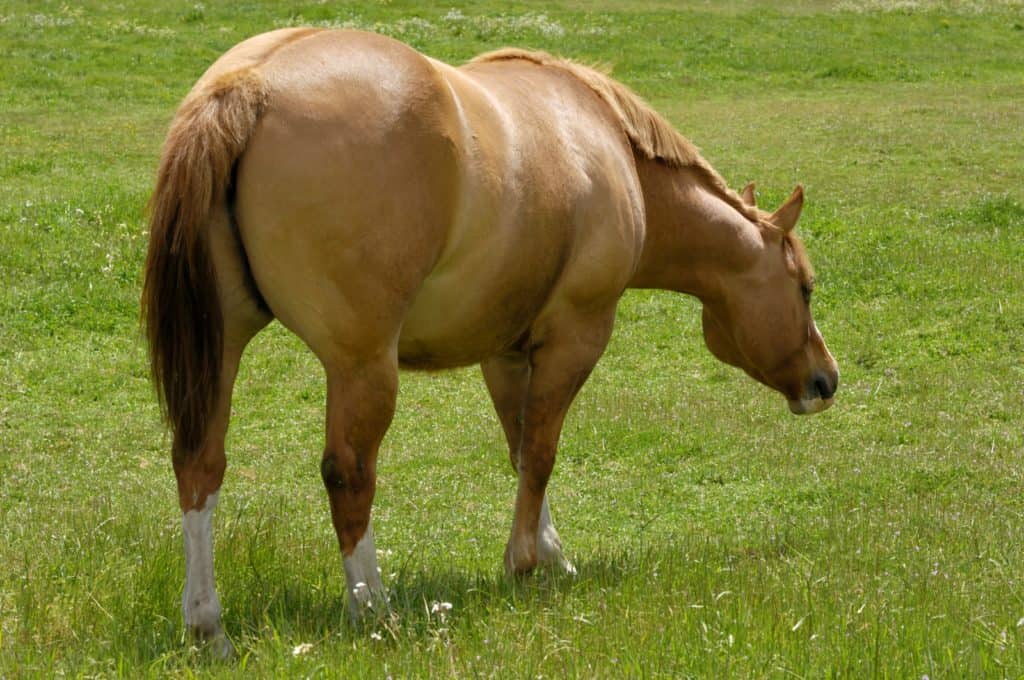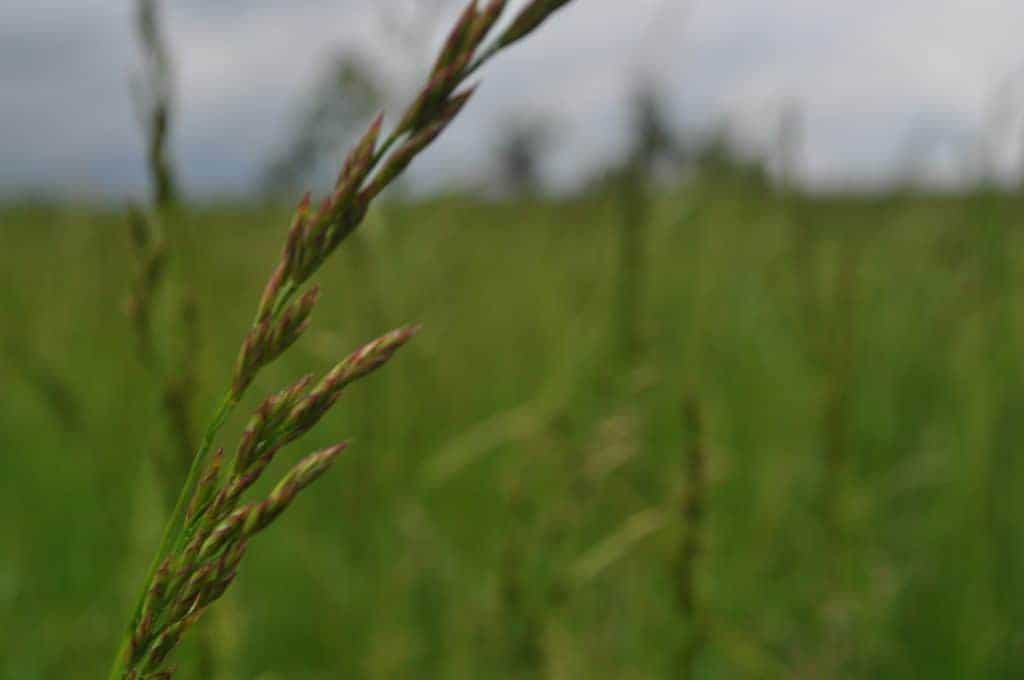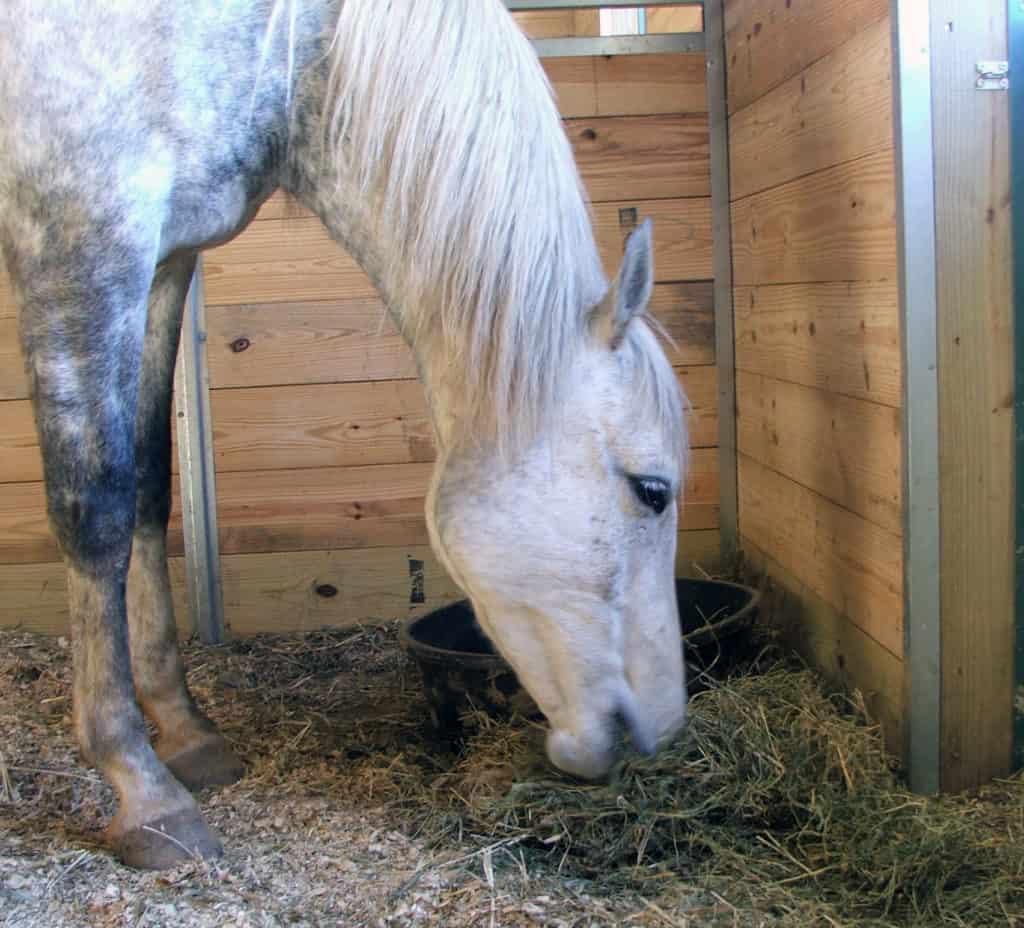
Breeding the Metabolic Mare
Is it safe to breed a mare who has equine metabolic syndrome and a history of laminitis? Reproduction expert Dr. Ryan Ferris offers insight.

Is it safe to breed a mare who has equine metabolic syndrome and a history of laminitis? Reproduction expert Dr. Ryan Ferris offers insight.

Equine reproduction specialist Dr. Ryan Ferris explains basics new horse breeders need to know, including mare estrus cycles and selecting fresh vs. frozen semen.

The first step toward preventing pregnancy loss in horses is understanding why it happens in the first place.

Tall fescue is one of the most widely grown perennial grasses in the world and covers approximately 37 million acres in the United States alone. But some varieties can be detrimental to horses. Here’s what you need to know if you have tall fescue in your pastures.

Equine abortion remains a common issue, and both infectious and noninfectious causes are frequently responsible.

Officials reported diseases including African horse sickness, equine influenze, strangles, EHV-1, EIA, and more.

Acid detergent fiber and neutral detergent fiber measurements can help you decide if hay is good for your easier keeper, broodmare, or growing foal.

Bacterial endometritis that is refractory to traditional antimicrobial treatment is a significant challenge to the equine breeding industry. Fortunately, several therapeutic options are currently available to clinicians for the treatment of biofilm-associated endometritis in horses.

The accelerometer is designed to detect subtle restlessness, the researchers said. Small movements, such as weight-shifting or minor head-bobbing, could be caused by distress related to the first stage of parturition, they said.

EHV-1 can spread between horses before they show any signs of infection, creating a potential perfect storm for a significant disease outbreak. An infectious disease expert shares steps you can take to stop disease spread.

It’s one of the most common questions an owner asks: What should I feed my horse? Equine nutritionists look both to research and their own experience to find an answer, but oftentimes the most appropriate one is, “Well, it depends.” Here are some points they might take into account.

In this two-part presentation from the University of Kentucky, learn about “Research Into Managing Horses and Cattle on Fescue Pastures” from Dr. Jamie Mathews and “Grazing Mares on Novel Endophyte Fescue” from Dr. Karen McDowell.

The University of Kentucky Ag Equine Programs will host its 8th Annual UK Equine Showcase in conjunction with an Equine Vet Continuing Education session (formerly known as the Kentucky Breeders’ Short Course) Jan. 25-26, 2019.

When during gestation should a pregnant mare’s diet change? An equine nutritionist weighs in.

Find out what effect a mare’s weight and, ultimately, energy or calorie intake can have on her efficiency as a broodmare and on her foal.

Researchers have confirmed that, by following a few recently described steps, veterinarians can sex fetuses over a much longer time period than previously though and without clipping or sedating mares.
Stay on top of the most recent Horse Health news with
"*" indicates required fields